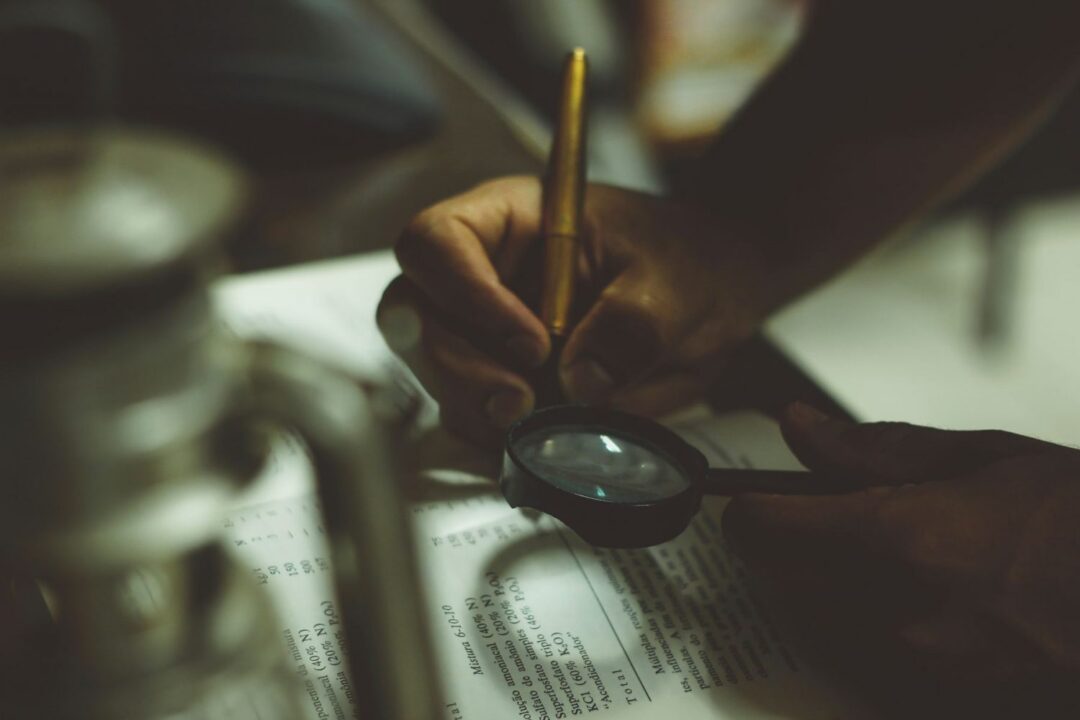Insights into inspirational arts practice in schools: The art of doing at Queen Elizabeth’s High School


Context
Queen Elizabeth’s High School is a state funded grammar school with 1200 pupils on roll and 7 per cent pupil premiumAdditional funding for publicly funded schools in England to. The art department has four members of staff, one head of department, who is also head of house and one of two A level teachers. The second A level teacher is assistant head and part-time art teacher. Another part-time art teacher and one art technician complement the department.
The headline figures for the 2018-19 A level cohort are, without a doubt, quite remarkable. August 2018 saw our students collect five A*s [45.5%], one A [54.5% A*-A], two Bs, two Cs and one D between them. These results were even more extraordinary given the previous year, which disappointingly produced one A, two Bs, two Ds, two Us and two students who opted to retake.
Following the 2017 results, we knew we had to work hard to respond to exam feedback to ensure that the next cohort were given the best learning opportunities possible. Added to that there were a number of further complexities within the group, such as the fact that one of the students was the daughter of one of the art A level teachers. Other issues included two students who were repeating, and one student who was under extreme parental pressure to gain a grade A, which of course presented itself as quite palpable ‘teacher pressure’ and to top it off, the head of department, who also taught the group, was about to undergo knee surgery and therefore an extended period of absence.
Looking back now, it’s fair to say that those Year 13s underwent possibly one of the most intense years of their life in art, and at times they were very vocal about how they felt about that. Whilst it was intense, it was also probably one of the most rewarding, and by the time they came to leave us they all felt very much like our extended family, as evidenced by their ‘window gift!’, which consisted of their names written on the glass with window chalk.
I think it is also fair to say that the dynamics of the group were really strong. The most successful student in the group really led by example and supported a significant number of the cohort.
In Year 13, the AQA Fine Art course is split into two parts. Component one is a personal investigation which combines practical and written work and component 2, the externally set task or exam. There is equal weighting between each component.
Over the course of a fortnight the students had 10 lessons split between two members of staff. Lessons were fifty minutes long. From September to the end of January the students worked on component one, and from February onwards they worked on component two.
What were we trying to fix?
The issues we felt we had to resolve as a result of the 2017 results were:
- component one, the writing dominated lessons and as a result the practical work was not of a high enough standard, and nor was there enough of it
- some students were able to ‘hide’, so we didn’t spot their lack of progress until it was too late
- students didn’t undertake enough drawing, or drawing of a high enough quality
- students treated deadlines as ‘movable’.
The art of doing
Some of what we needed to change came down to systemic changes. One of the first things we instigated was a program of interim assessment points. These were designed to mirror the whole school data drops and they helped us to keep track of progress, hold young people to account, prevent them from ‘hiding’, and it enabled accurate feedback to all stakeholders. Having more regular assessment points also helped the students cope with the more formal deadlines. Feedback from each of these assessments was personal and delivered via one to one tutorials. The feedback focussed firstly on successes and then on targets for improvement. By keeping a record of this feedback, we were also able to focus on what was being done between assessment points and even between individual lessons. It also ensured that whichever member of staff was teaching them knew what each student needed to do in order to make progress.
As part of our drive to improve results, the head of department made contact with and then subsequently visited another school which was deemed a centre of excellence. Following this visit, this document was adapted for our context and shared with the students. Not only did it help them see their work in terms of a continuum but it enabled us to identify gaps and design our schemes and assessment points to ensure enough time was allocated for each phase of the project.

Throughout the academic year we offered additional sessions above and beyond timetabled lessons. These were invaluable because they allowed targeted one-on-one conversations to take place. Towards the end of the course these conversations became very much about marginal gains.
In previous years, we have found that when students were working on a written task they tended to disappear to a computer room, and student-teacher interaction was minimal. In order to prevent this, we made the decision that no writing would be undertaken in class time. Deadlines would be set for various drafts and the students were expected to write as part of their extended study time. Lesson time was ear-marked entirely for practical work. Some lessons were used initially to establish ways of writing, referencing and generating the question but once that was completed students were not allowed to write in lessons. Clearly this change had no detrimental effect, as feedback from the external moderator confirmed that they were the best essays he had read that academic year.
When identifying the question for component one, we gave guidance and support whilst encouraging students to pick something of real importance to them. That year we had everything from ‘how artists deal with the death of a loved one’ (the student had recently lost a much loved grandparent) to ‘how key moments in a person’s life affect their art’ (this student reimagined three pivotal moments from her childhood). Since the success of this group, we have developed the start of the project even further, using a questioning technique that challenges thinking until the student can fully justify and explain their decisions. We have found that this prevents students from changing their project part way through because they have either exhausted or got bored of their first idea.
Component two was developed along similar lines. At the start of the project students were guided in their choice of exam title. Again we used questions to check their understanding, and to help them develop their thinking in a way that was going to sustain them. Interim deadlines were also identified and the project expectations were outlined from the outset. We continued to offer additional support through lunchtime and after school sessions. Mock exams, which we hadn’t engaged with for some time, were reinstated. But we made the focus of the exam drawing/experimentation. Having a five hour block, where students did not have to go to other lessons or focus on other subjects, meant they could make real progress with their work, which not only helped us target our feedback but also gave the students a head start in their work and a real sense of achievement early on in the project.
At the end of the course we also tackled the marking and standardisation in a different way. Both A level teachers had attended AQA standardisation meetings earlier in the year, which we believe is essential, and from that meeting we had brought back very clear ideas of how we wanted to assess our own work. We started by ranking the work component by component. Once the work was ranked it was much easier to assign marks. Feedback from previous years indicated that we had a tendency to be generous in our marking, so we spent a considerable amount of time really discussing and debating the placement of grades to ensure we were both supportive of our students but in line with the exam board’s expectations. As a result of this hard work moderation went very smoothly and in August, following the release of the results, we were able to see that our marks were not changed by the moderator.
Without a doubt the entire art team worked incredibly hard to ensure that students were rewarded with the best grades possible, and in making the changes we did, we established a way of working that should benefit subsequent years. Of course there are always going to be fluctuations, after all that is the very nature of working with young people, and we are sure that there are many further tweaks to come. But we are incredibly happy with the course we offer and we look forward to working with even more students in the future.













